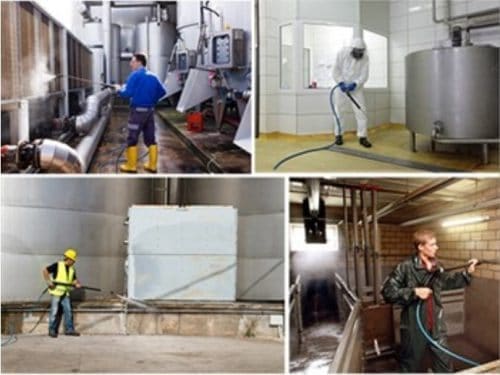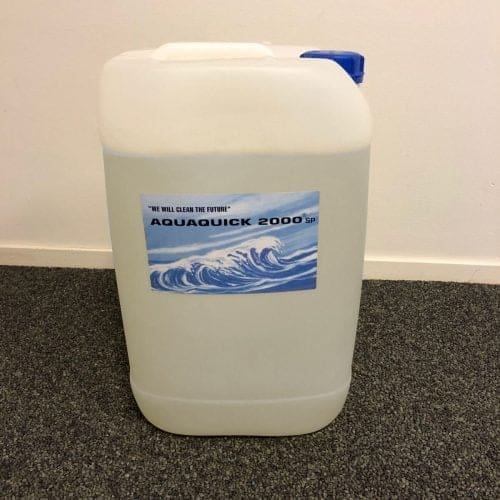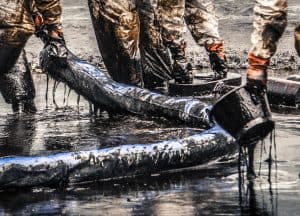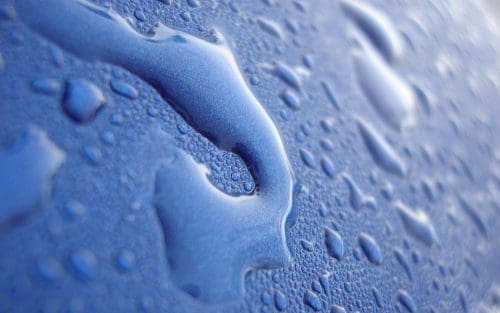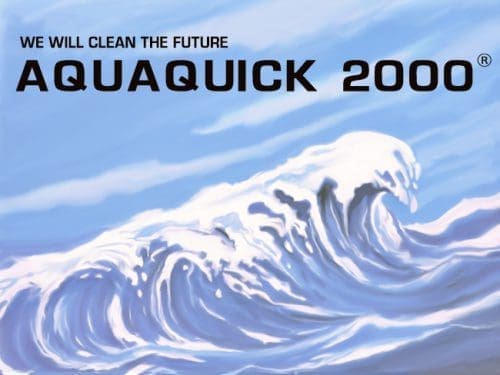Pipe cleaning and relining are vital processes that ensure the longevity and functionality of piping systems in residential, commercial, and industrial environments. Over time, pipes accumulate debris, grease, rust, and other contaminants, leading to blockages, corrosion, and reduced efficiency. Professional pipe cleaning not only addresses these issues but also prepares pipes for relining, a process that repairs damage without requiring full replacements. This article provides an in-depth look at how pipes are professionally cleaned and relined while highlighting the role of eco-friendly solutions like AQUAQUICK 2000 in achieving effective pipe cleaning.
The Importance of Effective Pipe Cleaning
Why Pipes Get Dirty
Pipes naturally accumulate debris and other contaminants due to regular use. In household systems, grease, hair, and soap scum are common culprits, while industrial systems face challenges like rust, chemical residues, and welding slag. These materials not only obstruct flow but can also cause damage to the piping material over time. Without regular cleaning, pipes may experience reduced water pressure, foul odors, and eventual system failures. By addressing these issues through professional pipe cleaning, you can ensure smoother operations and avoid costly repairs in the future.
Risks of Neglected Pipe Maintenance
Failing to clean and maintain pipes can lead to a host of problems, ranging from minor inconveniences to significant hazards. Blockages can result in sewage backups, which are both unpleasant and unhealthy. Corrosion caused by chemical reactions between contaminants and the pipe material can weaken the structure, increasing the risk of leaks or bursts. Moreover, dirty pipes can affect water quality, introducing pollutants into drinking or processing water. Regular pipe cleaning, using effective solutions like AQUAQUICK 2000, helps mitigate these risks while ensuring safe and efficient operation of your piping systems.
How Pipes Are Professionally Cleaned
Professional pipe cleaning involves various techniques tailored to the type of pipes and the nature of the contaminants.
1. Mechanical Cleaning
Mechanical pipe cleaning uses physical tools to remove debris and obstructions from pipes. Common methods include rotary brushes that scrub the pipe’s interior, high-pressure water jets (hydro jetting) that blast away blockages, and augers for dislodging smaller clogs. These techniques are highly effective for clearing physical debris and restoring flow. While mechanical cleaning addresses visible obstructions, it may not fully remove grease or chemical residues, which is where chemical cleaning comes into play. Combining these methods ensures comprehensive pipe cleaning.
2. Chemical Cleaning
Chemical pipe cleaning is an advanced method for dissolving stubborn contaminants that mechanical tools cannot fully remove. This process involves using solutions that target specific substances like grease, hydrocarbons, and mineral deposits. Degreasing is particularly effective for pipes heavily coated in oils and fats, breaking them down into water-soluble compounds. Descaling solutions dissolve rust and limescale, restoring the pipe’s smooth surface. AQUAQUICK 2000, a water-based, biodegradable solution, is ideal for chemical cleaning, as it safely eliminates contaminants without harming the environment.
3. Hydro Jetting
Hydro jetting is a high-pressure cleaning method that effectively clears blockages and debris from pipes. By directing a powerful jet of water into the pipe, this method can break down grease, dislodge tree roots, and flush out sediment. Hydro jetting is particularly useful for heavily used pipes in commercial and industrial systems. It’s a non-invasive solution that eliminates the need for digging or dismantling pipes, saving time and money. For the best results, it’s often paired with eco-friendly cleaning agents like AQUAQUICK 2000 to ensure a thorough and environmentally safe cleaning process.
4. Steam Cleaning
Steam pipe cleaning involves injecting high-temperature steam into pipes to dissolve grease, kill bacteria, and remove organic residues. This method is particularly effective in environments where hygiene is crucial, such as food processing facilities or hospitals. The combination of heat and pressure ensures deep cleaning, leaving pipes free of harmful contaminants. Steam cleaning, when combined with a product like AQUAQUICK 2000, can enhance the cleaning process by breaking down stubborn residues more effectively.
5. Pigging
Pigging uses a device called a “pig,” which is pushed through the pipe to scrape away debris and deposits. This method is widely used in industries such as oil and gas, where pipes often carry viscous materials. Pigs come in various types, including foam and rigid versions, depending on the level of cleaning required. Pigging is an efficient and thorough cleaning method, particularly for long pipelines, and is often complemented by chemical solutions for enhanced results.
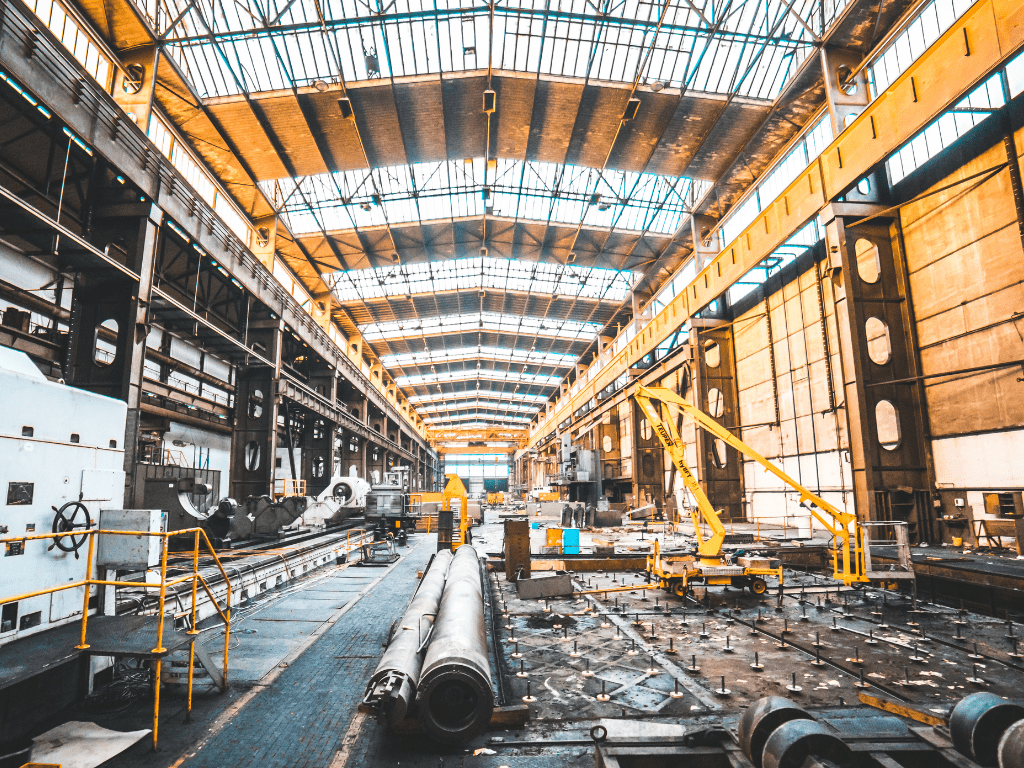
Preparing Pipes for Relining
Inspection and Assessment
Before pipes can be relined, they must be inspected to determine the extent of damage or blockage. Professionals use advanced tools like CCTV cameras to assess the condition of the pipes from the inside. This step is crucial to identify cracks, corrosion, or areas requiring extra attention during cleaning. Thorough inspections ensure that the relining process is effective and long-lasting.
Cleaning the Pipes
Cleaning is a critical step in the relining process, as it ensures the new lining adheres properly. All debris, grease, and contaminants must be removed using methods like hydro jetting or chemical cleaning. For example, AQUAQUICK 2000 is particularly effective in removing grease and hydrocarbons, creating a clean surface for the lining material. Without proper cleaning, the relining process may fail, leading to further damage or system inefficiencies.
Drying and Surface Preparation
Once the pipes are clean, they need to be thoroughly dried. Moisture can interfere with the bonding of the lining material, compromising its effectiveness. Professionals use specialized equipment to dry the pipes quickly and efficiently, ensuring optimal conditions for relining.
How Pipes Are Relined
Cured-in-Place Pipe (CIPP) Lining
CIPP lining involves inserting a resin-coated liner into the pipe, which is then cured using heat or UV light. This process creates a seamless, durable new pipe within the old one. It’s a cost-effective and minimally invasive method, as it eliminates the need to excavate or replace the existing pipe.
Pull-in-Place Lining
In this method, the liner is pulled into the damaged pipe and secured in place using heat or adhesive. It’s ideal for pipes with multiple bends or sections requiring targeted repairs. The method ensures a precise fit and long-lasting results.
Spray Lining
Spray lining involves applying a liquid resin to the interior of the pipe, which hardens to form a protective coating. This method is quick and effective for sealing minor cracks and preventing corrosion.
Slip Lining
Slip lining involves inserting a smaller pipe into the damaged one. While this reduces the pipe’s internal diameter, it restores functionality and extends the lifespan of the piping system.
The Role of AQUAQUICK 2000 in Effective Pipe Cleaning
AQUAQUICK 2000 is an advanced cleaning solution designed to tackle even the toughest contaminants in pipes. Its water-based, biodegradable formula makes it an eco-friendly alternative to traditional harsh chemicals.
Key Features of AQUAQUICK 2000
- Eco-Friendly: Being biodegradable, it poses no harm to the environment or user health.
- Highly Effective: It dissolves grease, hydrocarbons, and other residues quickly and efficiently.
- Versatile: Suitable for various applications, from residential pipes to industrial systems.
- Easy to Use: Works seamlessly with tools like brushes, sponges, or pressure systems.
Using AQUAQUICK 2000 in your pipe maintenance routine ensures thorough cleaning without compromising safety or environmental sustainability.

Best Practices for Pipe Maintenance
Routine Inspections
Schedule regular inspections to identify potential issues before they escalate. Modern tools like cameras and sensors make it easier to assess pipe conditions accurately.
Scheduled Cleaning
Establish a cleaning schedule based on the type of pipe and its usage. For heavily used pipes, frequent cleaning with solutions like AQUAQUICK 2000 can prevent blockages and extend their lifespan.
Proper Waste Disposal
Ensure that waste from pipe cleaning is disposed of responsibly, especially when dealing with industrial residues. Using biodegradable products like AQUAQUICK 2000 minimizes environmental impact.
Conclusion
Effective pipe cleaning and relining are essential for maintaining functional, durable piping systems. Techniques like mechanical cleaning, hydro jetting, and chemical degreasing ensure thorough cleaning, while relining methods like CIPP and spray lining repair damage efficiently. Incorporating eco-friendly solutions like AQUAQUICK 2000 into your maintenance routine not only ensures superior results but also aligns with environmental sustainability goals.
By understanding the importance of professional pipe cleaning and adopting best practices, you can extend the lifespan of your pipes, prevent costly repairs, and maintain the efficiency of your systems. Consider AQUAQUICK 2000 as your go-to solution for reliable and effective pipe cleaning.



